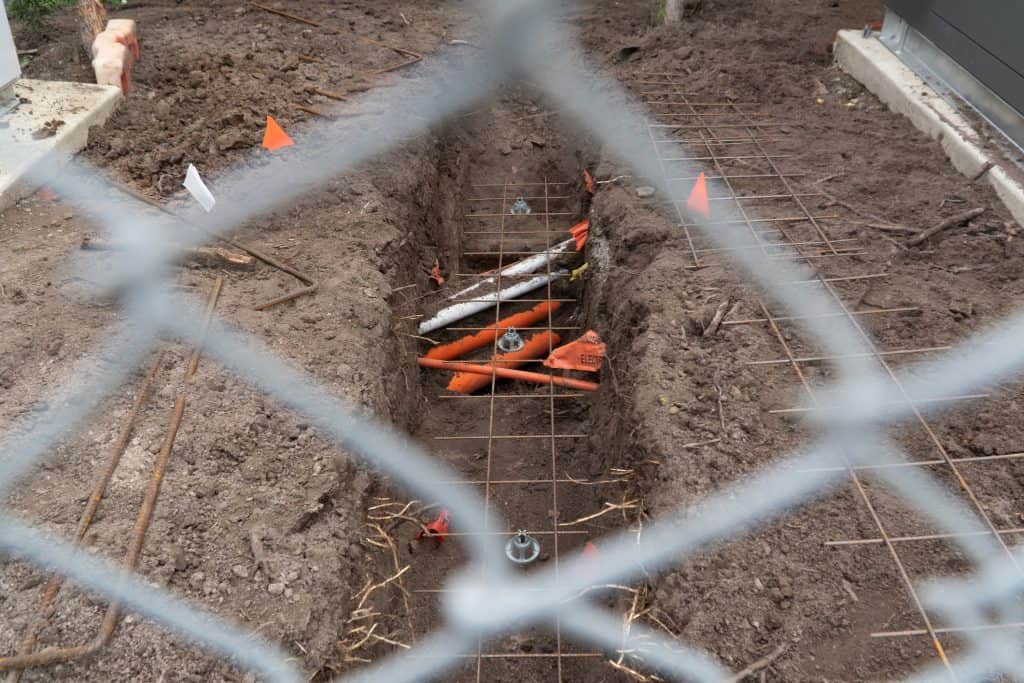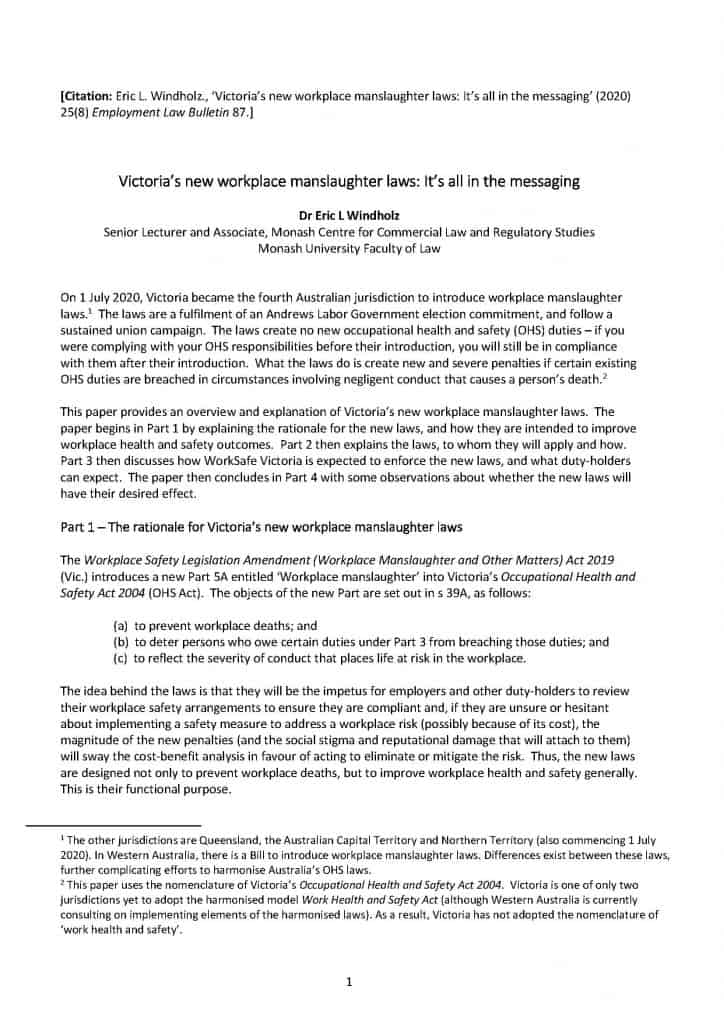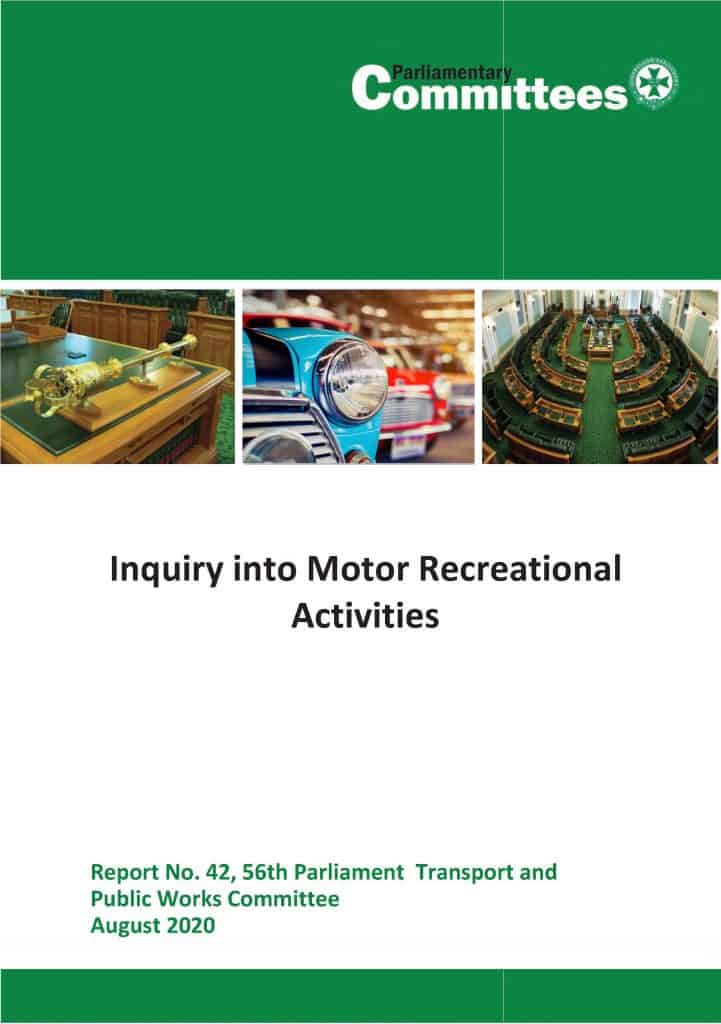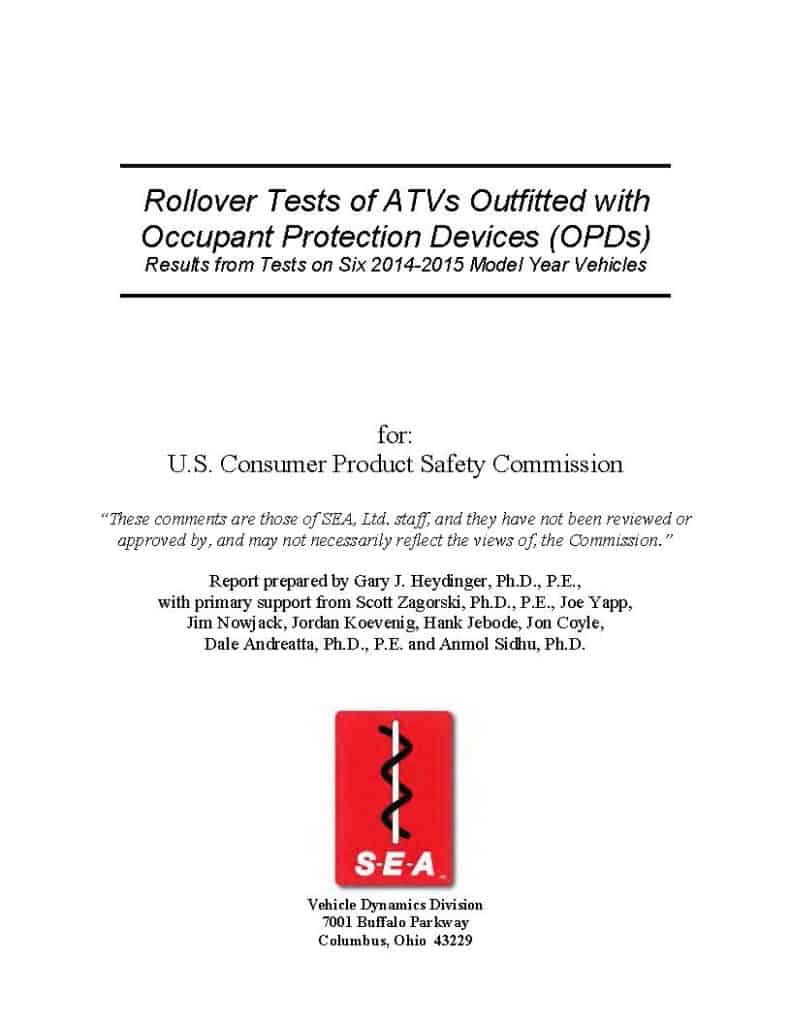
[This article was originally published in 2008 and it shows. I sound “up myself” and apologise. But the point about open-mindedness in workplace health and safety is as valid as it was 12 years ago]
I established my occupational health and safety (OHS) consultancy on the principal that I am not an expert but a General OHS Practitioner. My skill was to identify workplace hazards that businesses didn’t recognize or didn’t understand. I could also present recommendations in plain English and reports that were stripped of unnecessary technicalities. Occasionally, usually on issues of chemicals, I would contract a colleague of mine who had the required expertise, but my aim was to be a general jack of all trades and expert of none.
This position has probably developed into a business philosophy. One that seems to be supported by the way business and OHS is evolving. Today there is less of a delineation between workplace safety, human resources, industrial relations, organisational behaviour, environment, quality management and social or psychological issues than ever before. Business advisers are trying to break down the silo structure of management but the silo structure of intellectual disciplines continues. This may be because we are all so busy that we have no time to spend talking with other disciplines. It may be that our revenues come from our own specific turfs and we don’t want to let our clients know that there may be other approaches to problem solving that we can’t provide. It may be that we are happy in our intellectual comfort zones.
If I have learnt anything from my experience is that the world is a web of social connections. Some strands of the web are thicker than others. Some connections are further from the central core than others but there is a pathway to everywhere from everywhere else. That is why I get frustrated when people disparage what they don’t understand.
It is time for me to make a confession. I will come out as a reader of FORTEAN TIMES. When you next go to a large newsagency, look for Fortean Times. It will be located with the nerdy flying saucer expose magazines. If you are lucky, it may be located next to Scientific American or Nature. The magazine reports on bizarre occurrences from raining frogs, alien big cats, bigfoot, conspiracy theories, parapsychology and many other fringe concepts. Thankfully UFO matters are minimised. I have read this magazine for over 20 years. (You can start sending the sympathy cards now.)
Continue reading “A “Fortean” Approach to Safety Management”





